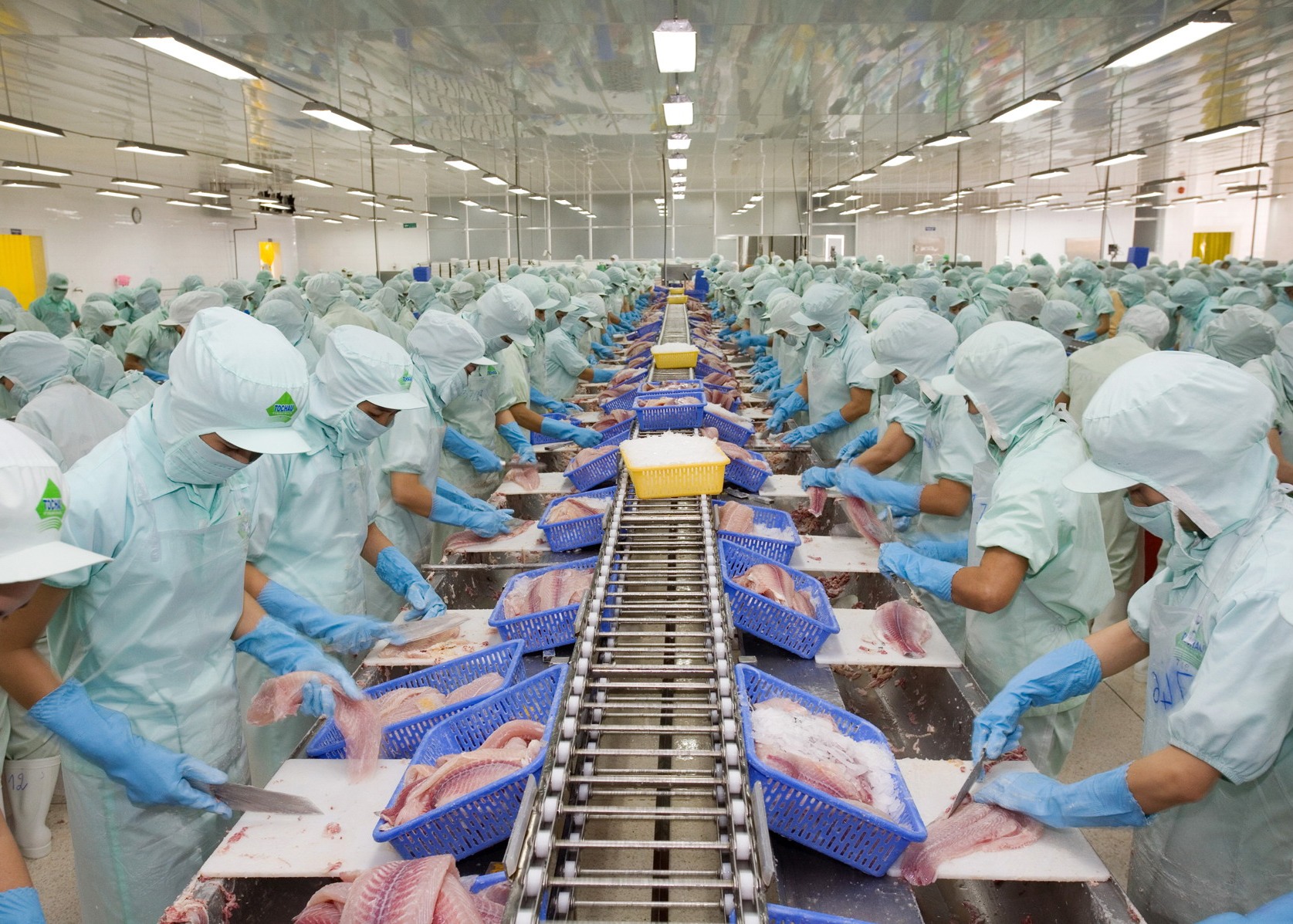To use the best cooling equipment for fish and seafood preservation is a challenge for many businessmen and contractors who search for a cost-effective business.
The fishing industry has changes and it is important that the owners understand the need of keeping an updated, efficient equipment that also reduces electricity costs and system maintenance.
It is necessary to know everything involved in the fish and seafood preservation, since it is a growing industry which is creating challenges as well as business opportunities.
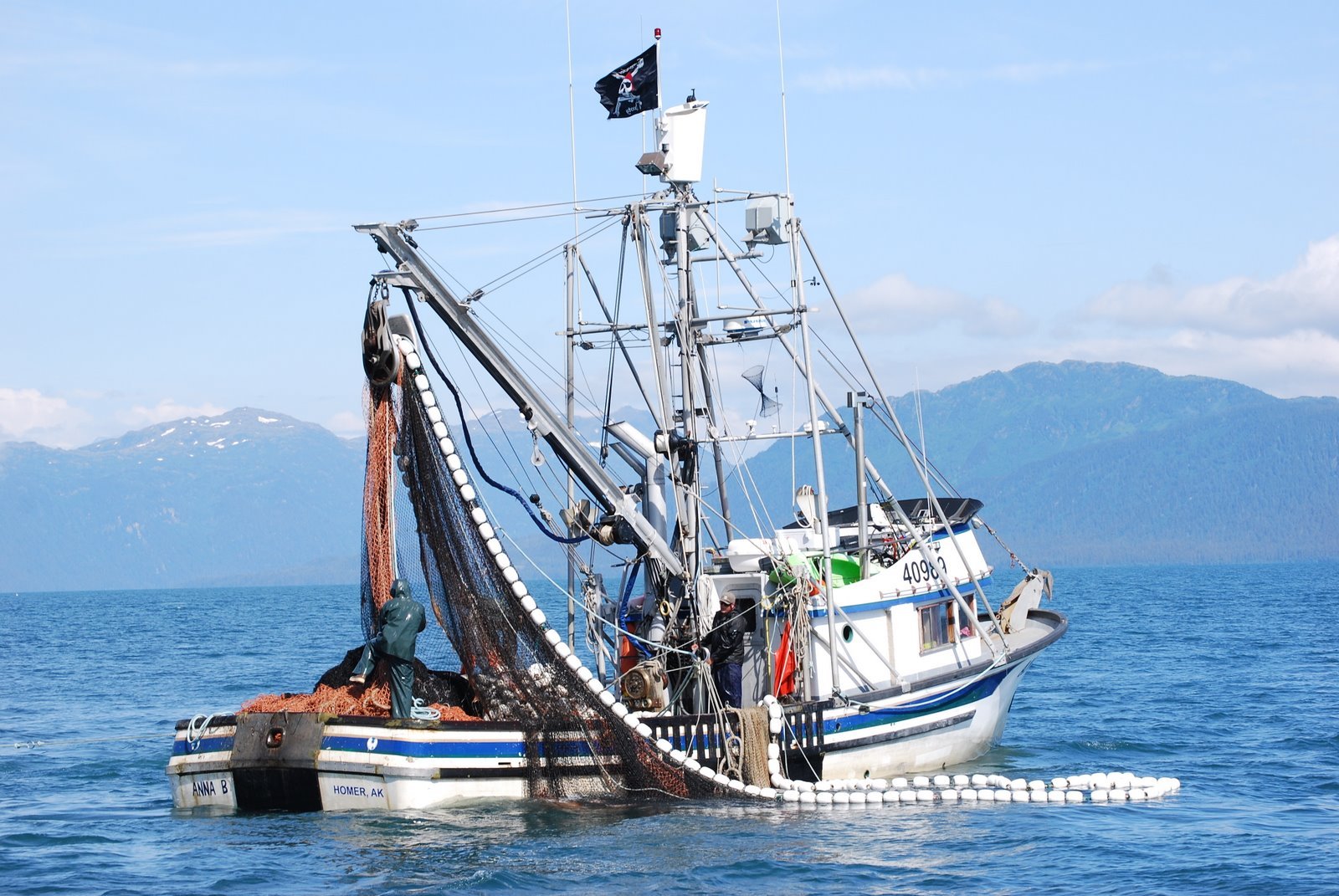
Cooling and Freezing Needs for the Fishing Industry
Cooling systems designed for fishing require strict parameters that allow products to achieve the appropriate preservation conditions for sell-through.
In the fishing industry, the cooling cycle adequate function is a key for the activity economic performance, from the catch to the marketing.
Nowadays, with the tourism industry boom, gastronomy and the high use rate, more demanding volumes of sea products are been generated and its preservation faces new challenges, among which are:
- Greater quick-freezing processes saving and energetic efficiency
- Environmentally-friendly and natural cooler usage
- Access to cutting-edge technology and cooling-effective
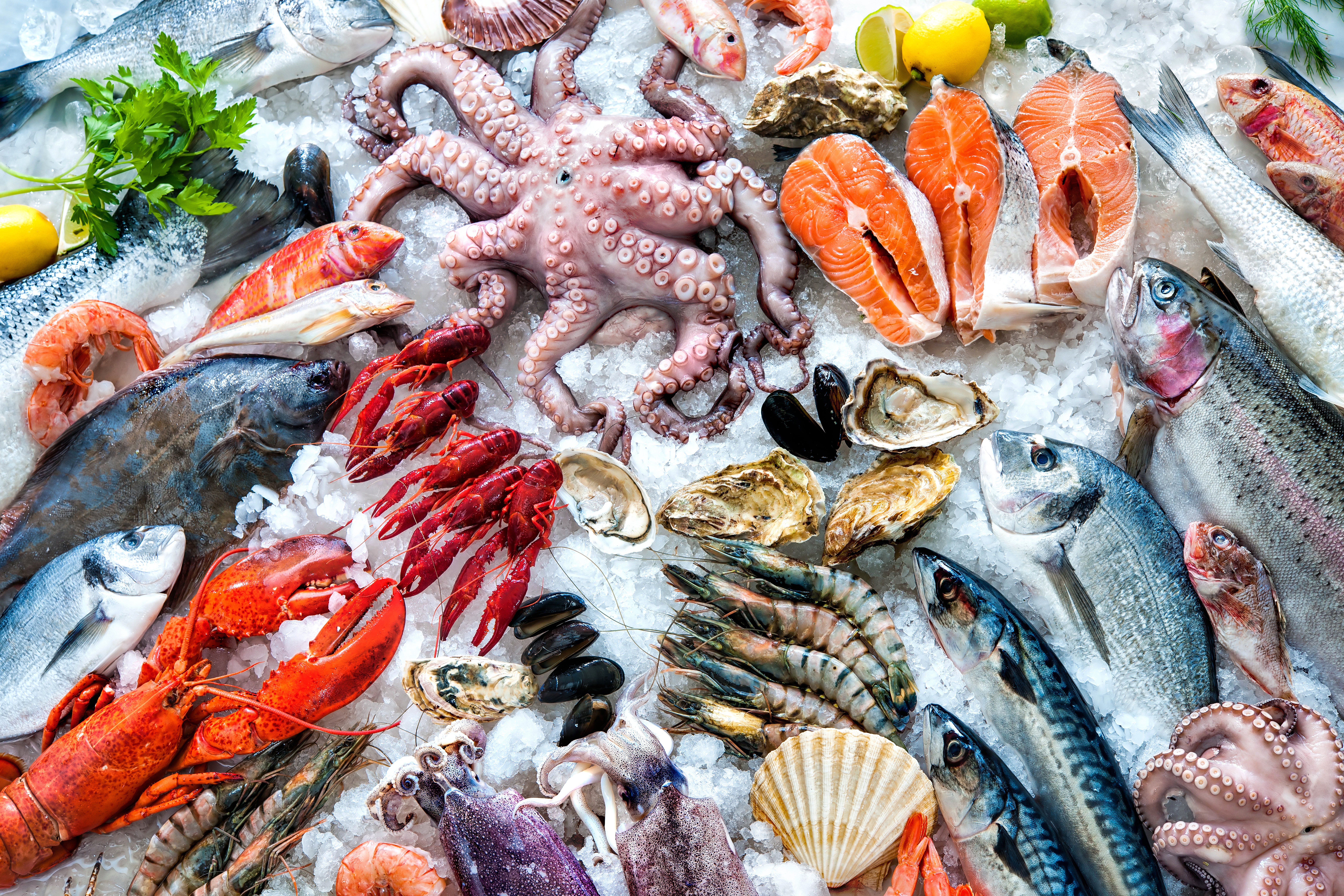
Sea-products cooling plants must access to technology that allows to reshape or build an equipment producing an efficient cooling, and at the same time that reduces the mark in the environment and generates energetic saving.
What Quick-Freezing Is
In the fishing industries, due to the product characteristics, its chemical constitution forces the cooling processes that require a temperature decrease as quick as possible.
When we speak of fresh food like meet and, in this case, fish and seafood, we require a freezing process even more specialized compared to food easier to preserve.
Imagine, for example, the functioning of a normal freezer. In this process we cannot reach an ideal point of preservation since the water molecules rise in volume, which makes breaks and loss of texture in the product.
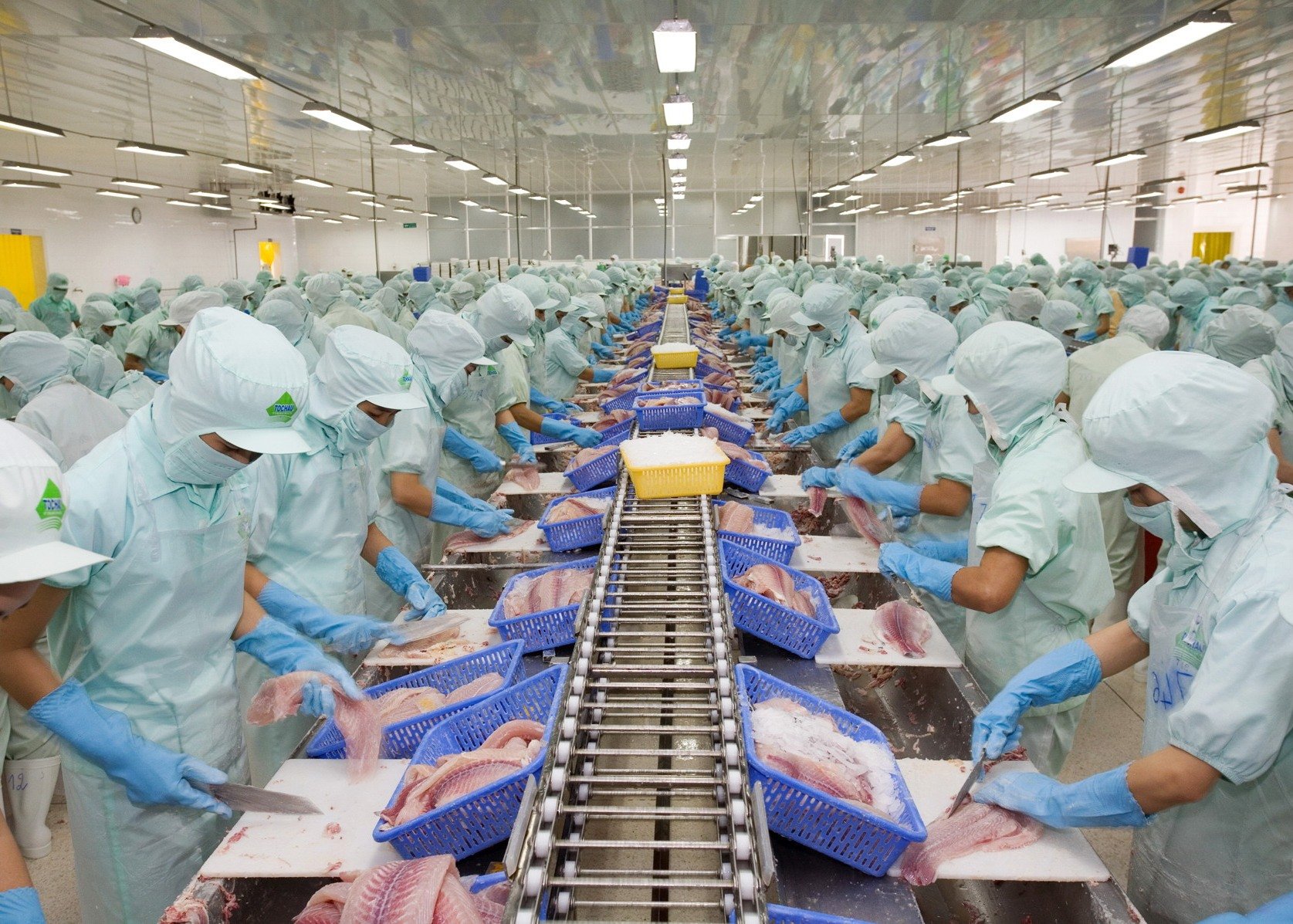
When fish or seafood are defrosted they lose a lot of water, weight and freshness. For this, the quick-freezing process allows water crystals - that do not alter the product texture and quality - to be formed.
Thanks to the quick-freezing, the product freshness is preserved and maintained in optimum conditions for its marketing.
Fish and Seafood Preservation Myths
As in all kind of industries, there are bad practices, technical aspects that many times are ignored or “saving” measures that at long-term will cause a bigger waste of cooling systems.
It is also important to know that most cooling projects are going through an updating process, since they search to generate the greater efficiency at the same time that reduce maintenance expenses or product loses.
Here are some common myths of the industry:
- It is not the same to store fish that other products like squid or snail, each one has different cooling needs.
- There is the myth that by rising the power of a certain equipment, it is possible to evaluate the storing level; all systems require a specialized calculation.
- Another wrong practice is to avoid the engineering advice, since the production rise or equipment change without a specialized calculation may damage the cooling system or the product.
- It is common that some proprietaries ignore the processes and necessary calculations to perform changes in the cooling systems.
- Finally, counting with the best equipment avoids loses per product or excessive maintenance expenses.
Cooling Equipment for Quick-Freezing
In the fishing industry and its products preservation, the quick-freezing process is a key for marketing and preparation addressed to the final consumer.
In this process, the evaporative cooling equipment allowing to make the chilling process takes part.
Condenser > Compressor > Expansion > Evaporator
All systems are selected through calculations where dimensions, potency and technical characteristics necessary for the cooling process are considered.
The use of the Plate Heat Exchanger may be an element that optimizes the chilling process, since due to its characteristics it offers a thermal transference allowing to make the process performed by other systems equipment efficient.
The Plate Exchanger may cool water at a great speed and it is also exploited in boats for processes in need of cooling sea water or producing ice with it.
The cooler plays a fundamental role. For the fishing industry, ammonia is generally used. This natural cooler has many advantages.
- Its thermodynamic properties allow efficiency and a less energy consumption.
- It affects less the environment and do not contributes to global warming.
- Any leak is easily perceptible due to the characteristic substance odor.
Remember that having a specialized advice warranting the best operation of an equipment, from its design, manufacturing and installation is a decision that will improve your products quality, the energetic expense and its maintenance.
*Information of: Diana García delegate of Alfal Laval México and William Cetina López, proprietary of Servicio en Refrigeración Cetina, S.A. de C.V. Contractor of Froztec International.
Related
Discover more related articles
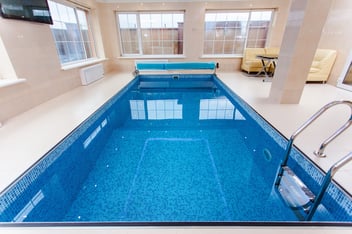
Humidity control: functions of the industrial dehumidifier
Dehumidification plays a very important role in many industries that require relative humidity control in their cooling processes.
Read more »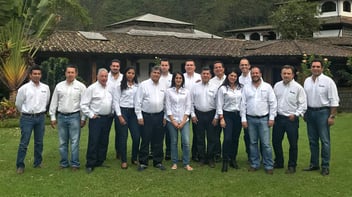
Why choosing Froztec as your refrigeration support?
Any industrial refrigeration project requires engineering support that takes into account all the calculations and tech requirements to ensure its...
Read more »